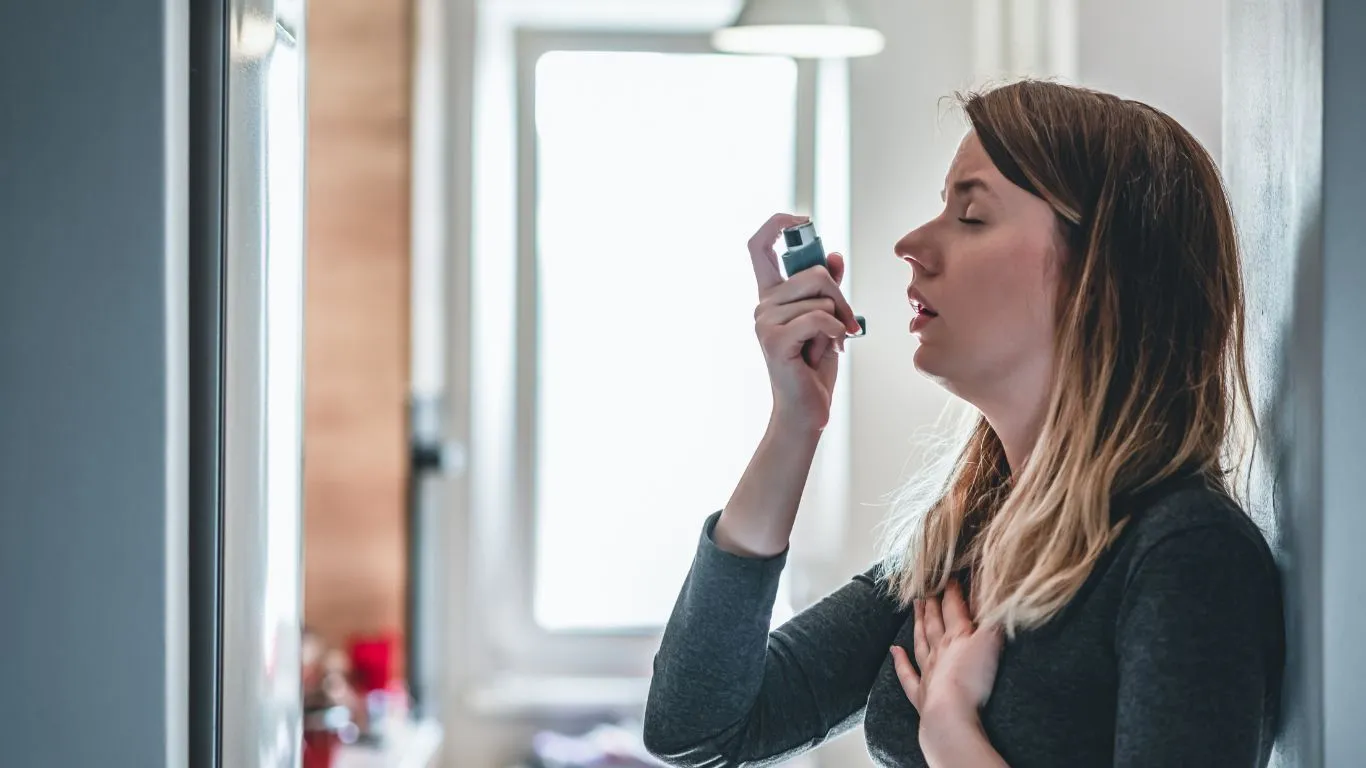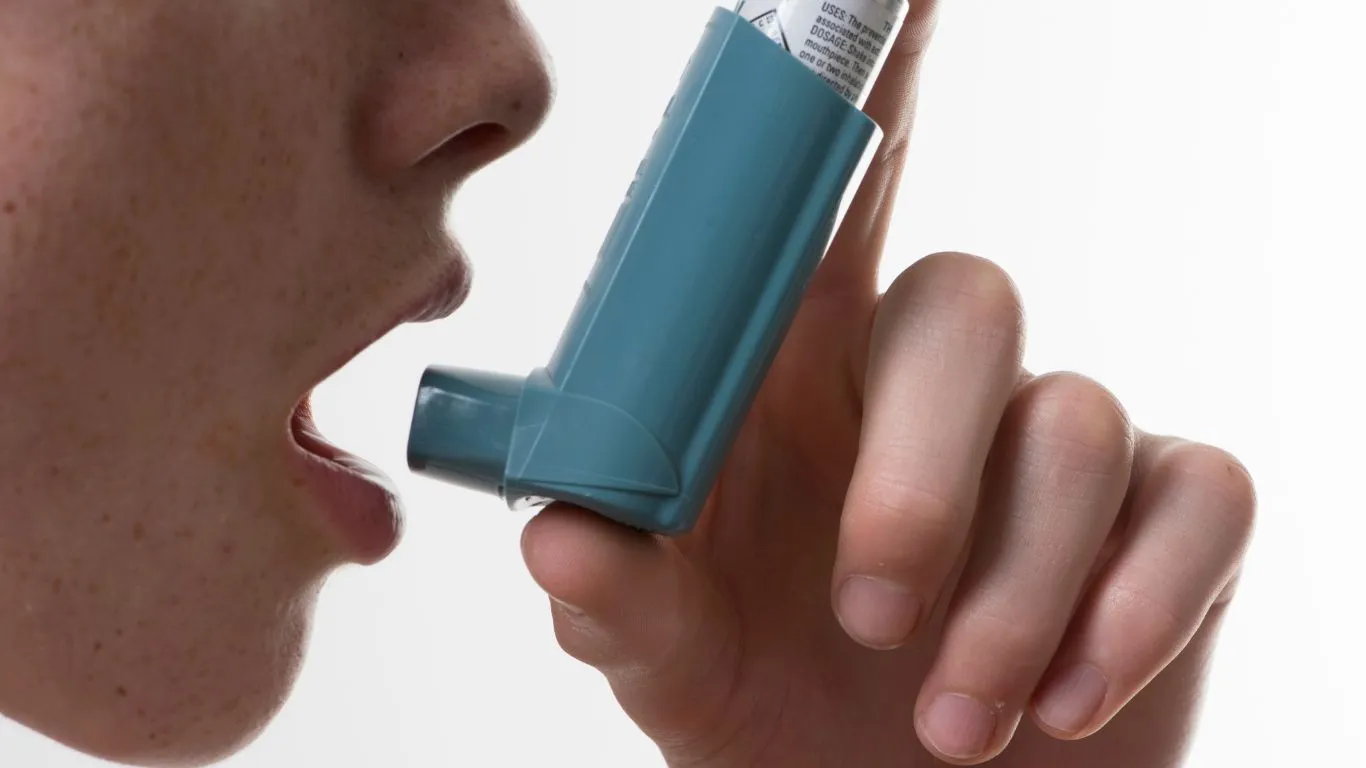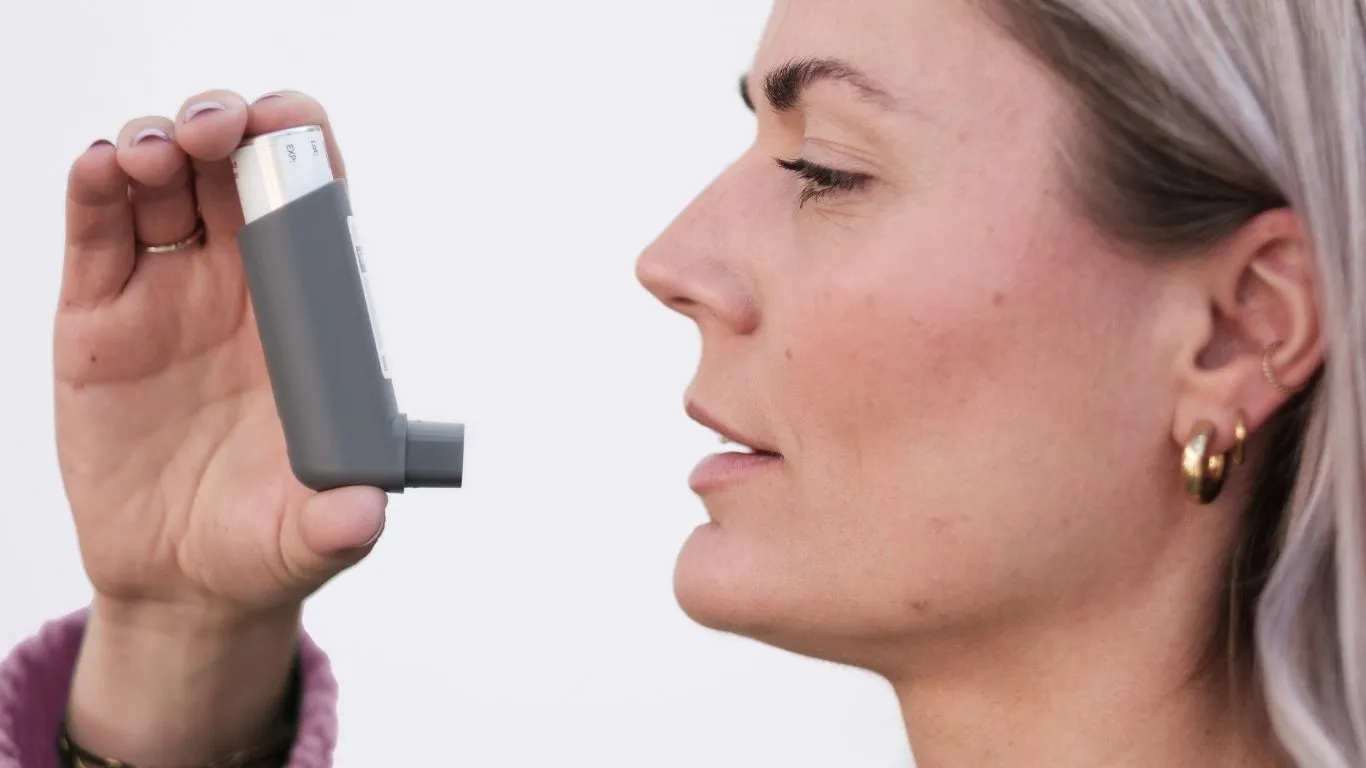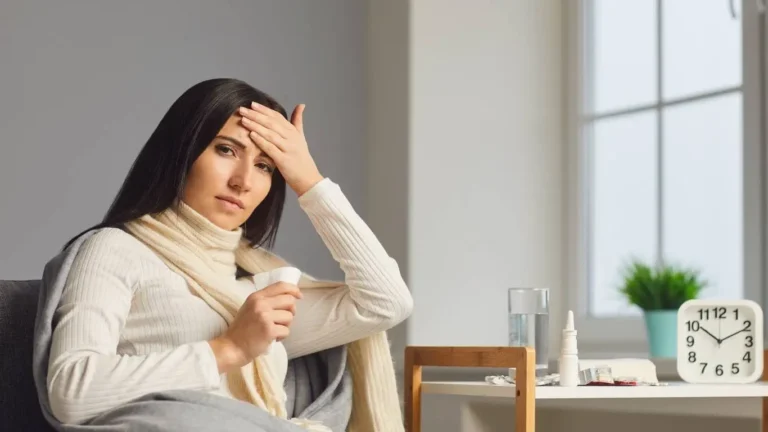🌿 Can Indoor Pollution Really Cause Asthma? Let’s Chat About It
Hey, ever thought about how the air in your home could be messing with your health? Yeah, I hadn’t either—until I found out that indoor pollution is a sneaky culprit behind asthma and other respiratory issues. If you’re like me, you’re probably wondering, “Wait, indoor pollution? What does that even mean?” Let’s unpack it together, no boring jargon, just real talk.
So, What’s Indoor Pollution Anyway?

Okay, picture this: You’re cozy at home, thinking you’re safe from the outside smog and car fumes. But here’s the plot twist—your indoor air can actually be worse than outside air! Stuff like:
- Dust mites
- Pet dander
- Mold spores from that damp corner you’ve been ignoring
- Chemical fumes from cleaning sprays and scented candles
All of this floats around in your air, and if you’re not careful, it can trigger asthma or make existing symptoms worse.
How Does Indoor Pollution Mess with Your Lungs?

Let me tell you, asthma is no joke. It’s that tight-chest, can’t-breathe, wheezy feeling that no one wants to deal with. When indoor air is full of irritants, it’s like your lungs are under constant attack:
- Allergens like dust and dander can set off inflammation.
- Mold spores? They’re like little ninjas sneaking into your airways.
- Chemicals from paints or air fresheners irritate your throat and lungs.
I’ve had friends who didn’t even realize their home was making them sick until their asthma got way worse. One of them found out their kid’s asthma attacks were because of mold hiding behind the bathroom tiles. Crazy, right?
What’s Hiding in Your House?

Let’s break down the main culprits:
1. Cleaning Products
I used to think my house needed to smell like lemon-scented bleach to be “clean.” But turns out, those harsh cleaners release chemicals called VOCs (volatile organic compounds), which aren’t great for your lungs.
What to do: Go for natural, unscented cleaners. Baking soda and vinegar are lifesavers.
2. Pets (Yeah, Even Your Furry Besties)
Love my dog, hate her dander. Pet hair and flakes of skin can irritate your lungs like nobody’s business.
What to do: Groom your pets often, vacuum with a HEPA filter, and maybe keep them off the couch (if you can bear it).
3. Mold
You know that musty smell in the basement? That’s mold saying, “Hi, I’m here to ruin your lungs.”
What to do: Fix leaks, use a dehumidifier, and clean with vinegar to keep mold in check.
4. Cooking Fumes
Who doesn’t love a good stir-fry? But cooking on gas stoves releases nitrogen dioxide, which can irritate your airways.
What to do: Use an exhaust fan or crack a window when you’re cooking up a storm.
When Fixing It Feels Like a Mystery

You’ve cleaned, ventilated, and still—symptoms persist. What gives? Here are some things people often miss:
- Dirty HVAC Filters: I’m guilty of forgetting to change these too. They trap dust and allergens, so if they’re dirty, your air stays dirty.
- Hidden Mold: It can lurk in walls, carpets, or even your mattress. Time for a deep inspection.
- New Furniture or Paint: That “new house” smell? Yeah, it’s off-gassing chemicals.
Real-Life Stories That Might Sound Familiar
Sarah’s Surprise Mold Problem
My friend Sarah moved into what seemed like a perfect house, but her son’s asthma flared up big time. After weeks of detective work, they found mold in the HVAC system. Once they cleaned it out, his symptoms got so much better.
John’s Air Purifier Game-Changer
John works from home and noticed he’d always feel wheezy by the end of the day. Turns out, his small home office was a dust magnet. He got an air purifier, and voilà—his breathing improved almost immediately.
What Can You Do Right Now?
Let’s keep it simple:
- Ventilate Your Space: Open those windows, even just a crack. Fresh air is your friend.
- Get a Good Air Purifier: Look for one with a HEPA filter. Trust me, it’s worth it.
- Declutter and Clean Regularly: Less clutter = fewer dust traps.
- Keep Humidity in Check: Ideal levels are around 30-50%. Too damp? Mold. Too dry? Irritation.
Got Questions? I Got You
Q: Do scented candles make indoor air worse?
A: Sadly, yes. Many release VOCs. If you can’t give them up, go for soy or beeswax ones without synthetic scents.
Q: Is indoor pollution worse than outdoor pollution?
A: In a lot of cases, yes. Indoor air is often more concentrated with pollutants because it’s trapped in a closed space.
Q: Are air purifiers actually worth it?
A: Absolutely. A good one can trap dust, allergens, and even some chemicals. Look for “HEPA” on the label.
Final Thoughts (aka What I’d Tell a Friend)
Indoor air pollution isn’t some far-off problem—it’s literally in our homes. But the good news? You can do a lot to fix it. Start small, like cracking open a window or switching to gentler cleaning products. Your lungs (and your family’s) will thank you!
Let’s Keep the Conversation Going
What’s the air like in your home? Any tips or tricks you’ve found for keeping it clean? Share this with someone who’s dealing with asthma—they’ll thank you later.

Bianca Nala is a compassionate Nurse Practitioner with a strong background in primary and respiratory care. As a health writer for Healthusias.com, she combines her clinical expertise with a talent for clear, relatable storytelling to help readers better understand their health. Bianca focuses on topics like asthma, COPD, chronic cough, and overall lung health, aiming to simplify complex medical topics without losing accuracy. Whether she’s treating patients or writing articles, Bianca is driven by a single goal: making quality healthcare knowledge accessible to everyone.






